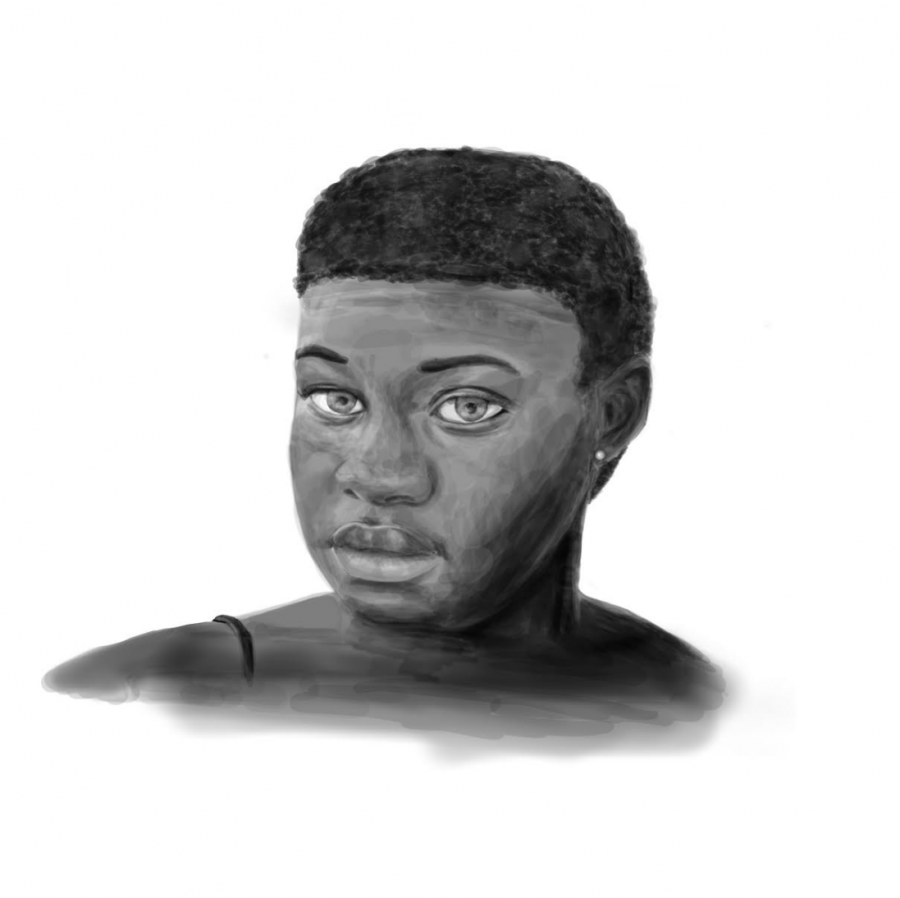In Memory of Toni Morrison, a Look at Her First Novel
“The Bluest Eye” is Toni Morrison’s first novel.
October 8, 2019
Rating: 5/5 Falcons
On February 18th, 1931, the gifted novelist Toni Morrison was born. 88 years, 22 awards, and ten novels later, she died last month, on August 5th, 2019. Morrison’s writing was stunning and thought-provoking, used as fodder for analysis and discussion for many, many decades following their publication. While not her most well-known book, Morrison’s first novel, The Bluest Eye, captures her literary prowess well.
Published in 1970, The Bluest Eye—like so many of her works—features a black woman as its protagonist. The novel inspires deep thought while also being an elegant piece of art.
Set in Ohio in 1941, The Bluest Eye centers around a young black girl named Pecola who longs for blue eyes, believing that if her features were whitened, her life would be improved. Pecola’s current life is miserable: her mother, we discover, treats the white children whom she nannies for infinitely better than Pecola; her father is often absent and always drunk; and Pecola’s skin color, alongside her submissive nature, make her a target for abuse in and out of school. Pecola’s desolate life and her beliefs about how being white would improve it drive the plot. However, her perspective is not the only one we hear. We also learn the stories of Pecola’s mother and father; the story of Claudia, another black girl around Pecola’s age; and the stories of a few other supporting characters whose backgrounds allow for a deeper understanding of the story’s arc and emotional heft.
Morrison’s choice to tell the story through multiple character’s eyes is genius. This tactic deepens the reader’s understanding of the plot. It also inflicts moral conflict for the reader by showing the painful experiences that each character faces as well as the unethical, or at least slightly unethical, things each goes on to do. Thus, the reader is forced to consider how one person is never all good or all bad, how people very rarely commit evil acts just for the sake of seeing others suffer, and how it’s possible to feel warmly towards people who have done terrible things if you understand why they do them.
Though its characters suffer myriad emotional and physical pain, and some of the stories we are told throughout the book are difficult—if not agonizing—to read, Morrison’s lyrical, compelling language is exquisite, and every line is saturated with meaning and intention. This book, despite being her first, is a truly incredible one whose devastatingly clear message is still extremely relevant today: the pervasive racism in American society damages black people in irreparable ways. Every perspective the reader hears in The Bluest Eye, every heartbreaking story, slams that message home a little further.
This book is perhaps the closest thing Morrison has to an autobiography—it’s set in the same state Morrison grew up in and narrated, for the most part, by a little black girl who is the age Morrison would have been in 1941. Even without this detail, however, it is apparent that Morrison drew on her own experiences growing up as a black girl steeped in white hegemony to write this novel. Instead of internalizing the hostility of the environment around her and letting it destroy her, she illuminated the deeply wrong inequalities of her world for the rest of us to see. Her ability to do this is a strong affirmation of her character and her strength as a person, in addition to being a clear indication of her remarkable skill at writing and conveying a message.
This book and its author are incredible and important. The themes that Toni Morrison wrote about are still extremely, and unfortunately, relevant today. It is true that everybody likes to bury a saint, but in Toni Morrison’s case I think she may, in fact, be one—having a talent like this, and choosing to use it in a way which might improve the wrongs you see, is one of the more altruistic things you can do. I would strongly recommend this book, as well as the rest of her writing, to everyone.
This piece also appears in our September 2019 print edition.










